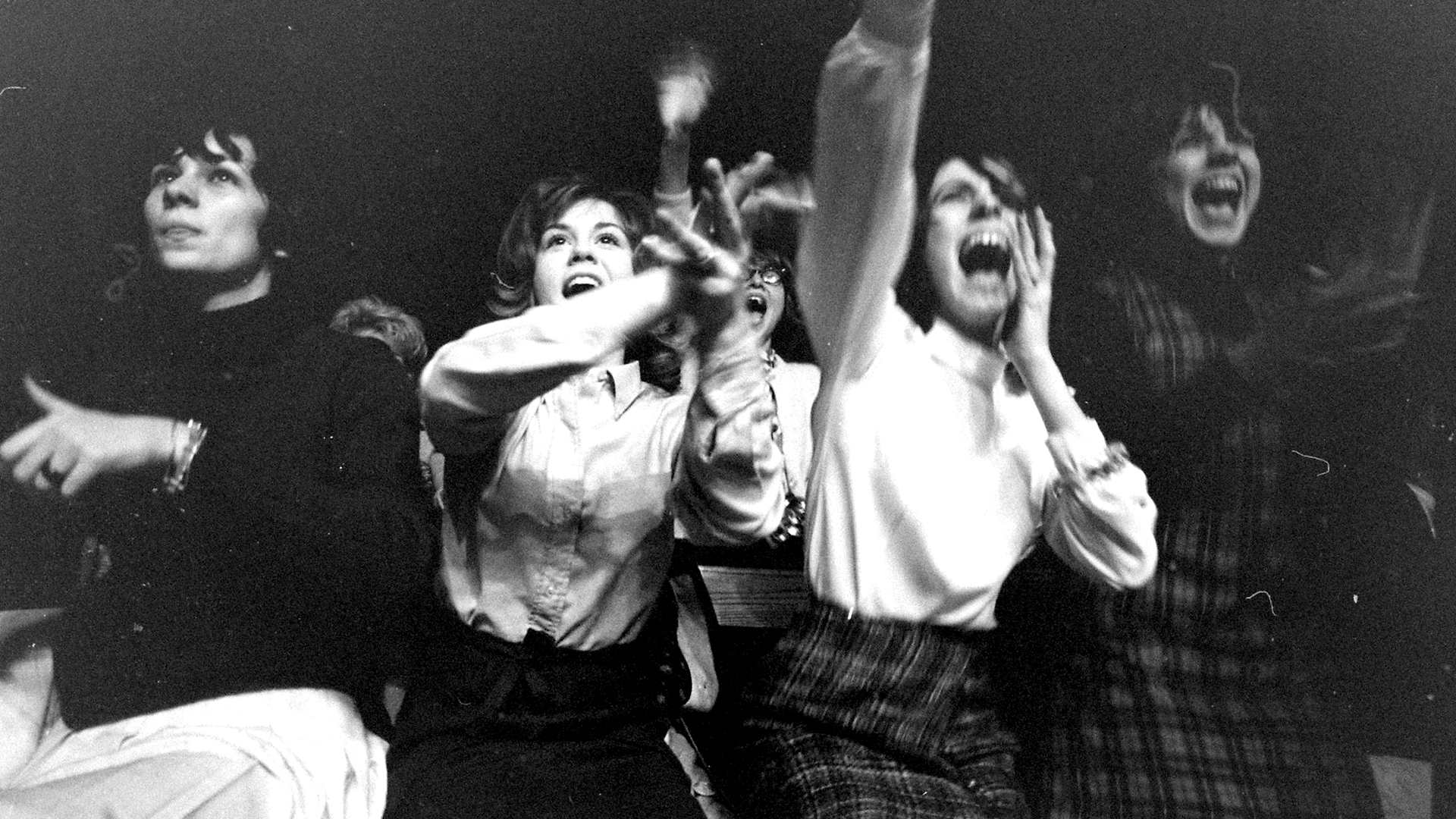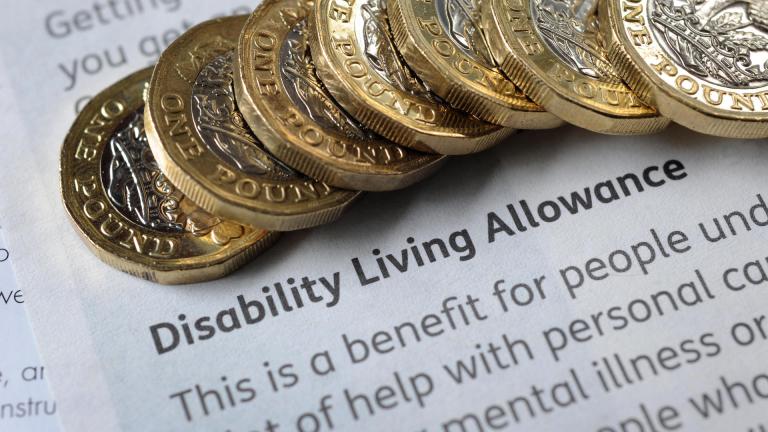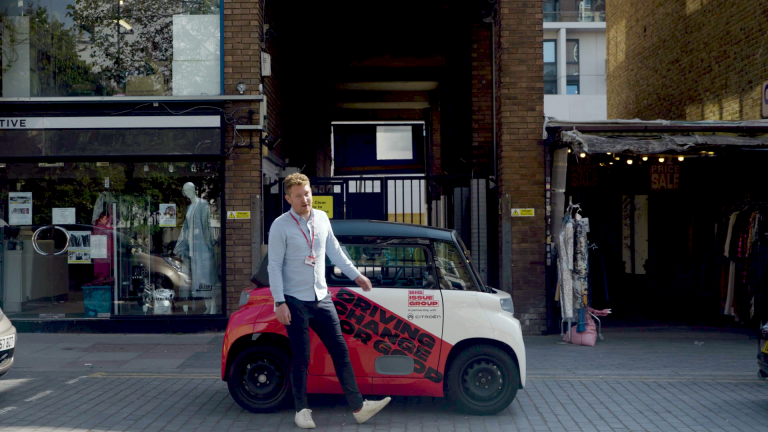On 9 February 1964, 73 million Americans tuned in to watch The Beatles make their first appearance on The Ed Sullivan Show. It was a moment that would go down in history as the birth of Beatlemania in the US. But there was another first that night – Ed Sullivan showed the audience.
As the cameras panned in to The Beatles performing “All My Loving”, the broadcast began to cut between the boys on stage and the girls in the crowd. For teenage Beatles fan Amanda Vaill, who was watching on TV at her all-girls’ boarding school, this was a revelation.
“In the auditorium, normally full of people who looked like our parents, we saw ourselves reflected back at us,” she says. “Young women, dressed in proper little wool jumpers, or tidy tailor suits, all gasping and clutching their faces in paroxysms of innocent desire.”
Get the latest news and insight into how the Big Issue magazine is made by signing up for the Inside Big Issue newsletter
Sullivan may have been introducing America to four lads from Liverpool that day. But he was also introducing the world to the young woman who – for the last 150 years – had been pop culture’s most important yet invisible influencer: the fangirl.
When I sat down to begin researching my new book Swoon, I was intrigued by the idea that we might have completely overlooked the role of passionate female fandom in the history of early pop culture. From the very earliest days of celebrity, when 19th-century writers like Lord Byron and Jean-Jacques Rousseau found themselves inundated with fan mail – fans have always been one of the most visible signs that an artist has truly arrived. This is especially true when it comes to ‘overly enthusiastic’ teenage girls. Follow the screaming and swooning, and you’ll find the money.










